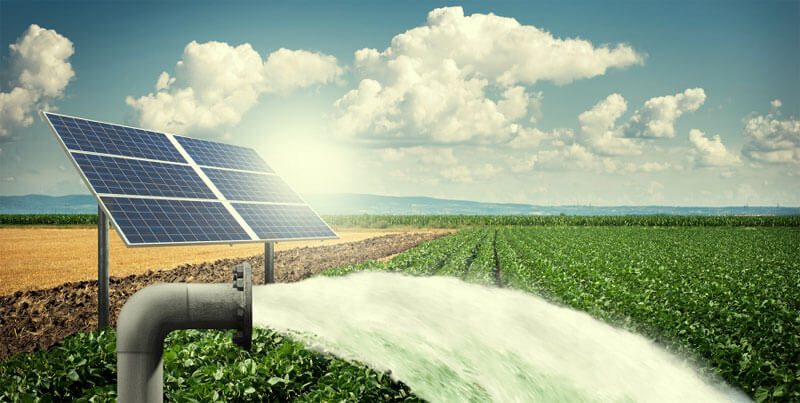Introduction: Solar photovoltaic (PV) systems have become a popular choice for harnessing clean and renewable energy. As the sun’s rays hit solar panels, they convert sunlight into electricity, providing a sustainable and cost-effective power source. But just how much energy can a solar PV system generate? In this blog, we will explore the factors that influence energy generation and provide insights into estimating the potential output of a solar PV system.
System Capacity: The energy generation of a solar PV system is primarily determined by its capacity, which is measured in kilowatts (kW) or megawatts (MW). The capacity depends on the size and number of solar panels installed. A larger system with more panels has a higher capacity and can generate more energy. Residential systems typically range from 3 kW to 10 kW, while commercial and utility-scale systems can range from several hundred kilowatts to multiple megawatts.
Sunlight Availability: The amount of sunlight your location receives directly impacts the energy generation of your solar PV system. Regions with abundant sunlight, such as desert areas or locations near the equator, generally have higher solar energy potential. However, solar PV systems can still generate electricity even in less sunny areas. Factors like latitude, weather patterns, and shading from trees or buildings can affect sunlight availability and, consequently, energy generation.
Orientation and Tilt: The orientation and tilt angle of solar panels play a significant role in energy generation. Optimal orientation is typically facing south in the northern hemisphere and north in the southern hemisphere. This maximizes the panel’s exposure to sunlight throughout the day. Tilt angle is also important, as it allows panels to capture sunlight more effectively. A professional installer can determine the best orientation and tilt angle based on your location to optimize energy generation.
Efficiency of Solar Panels: Solar panel efficiency refers to how effectively they convert sunlight into electricity. Higher efficiency panels can generate more energy for a given surface area. Efficiency rates vary among different types and models of solar panels. Currently, most commercial panels have efficiencies ranging from 15% to 20%, with some advanced panels achieving higher efficiencies.
Seasonal and Daily Variations: Energy generation from solar PV systems can fluctuate seasonally and daily. During summer months, longer daylight hours and more intense sunlight lead to higher energy generation. Conversely, shorter daylight hours and lower sun angles in winter can result in reduced energy output. Additionally, energy generation varies throughout the day, with peak production occurring around midday when the sun is at its highest point in the sky.
System Degradation and Maintenance: Over time, solar PV systems may experience some level of performance degradation. Factors such as dirt accumulation, aging of components, and natural wear and tear can slightly reduce energy generation. Regular maintenance, including cleaning panels and inspecting the system for any issues, can help mitigate degradation and ensure optimal performance.
Conclusion: The energy generation potential of a solar PV system depends on various factors, including system capacity, sunlight availability, panel orientation and tilt, panel efficiency, seasonal and daily variations, and system degradation. While it is challenging to provide an exact figure for energy generation, solar PV systems can generate a significant portion of a household’s or a business’s electricity needs. Working with a reputable solar installer and considering these factors will help you estimate the energy generation potential of your solar PV system accurately. Embracing solar energy allows you to tap into the abundant power of the sun and contribute to a more sustainable future while reducing your reliance on traditional energy sources.

